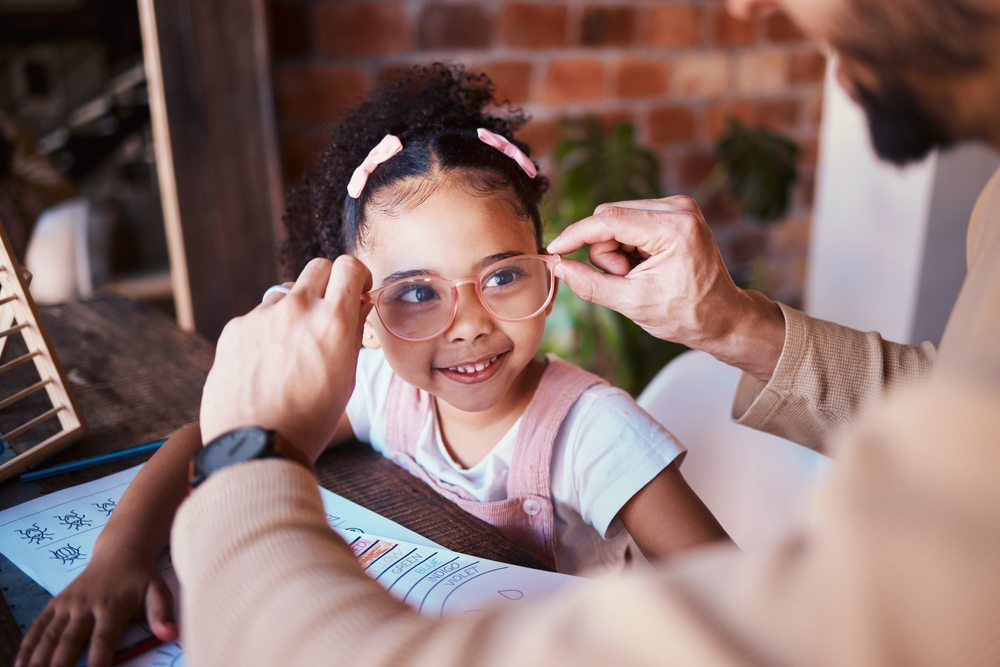
Children rely heavily on their vision to learn and explore the world around them. It plays a vital role in their academic performance, social interactions, and overall quality of life. Undetected vision problems can have a significant impact on their ability to learn, concentrate, and participate in various activities. By understanding the importance of children's vision health, recognizing the signs and symptoms of vision problems, and prioritizing regular eye exams, you can help your child maintain clear and comfortable vision.
Refractive Errors and Their Impact on Children's Vision
Refractive errors are the most common vision problems that affect children. These errors occur when the shape of the eye prevents light from focusing directly on the retina, leading to blurred vision. The three main types of refractive errors are nearsightedness (myopia), farsightedness (hyperopia), and astigmatism.
Nearsightedness is a condition where distant objects appear blurry, while close objects are clear. On the other hand, farsightedness causes close-up objects to appear blurry, while distant objects may be clear. Astigmatism, on the other hand, causes distorted or blurred vision at all distances. These refractive errors can significantly impact a child's ability to see clearly, leading to difficulties in reading, writing, and other visual tasks.
Common Signs and Symptoms of Vision Problems to Look For
While some children may complain about vision problems, others may not be able to express their difficulties clearly. This is why it is crucial for parents to be vigilant and look out for potential signs and symptoms that may indicate vision problems in their child. Here are some common signs to watch out for:
- Squinting or frequent eye rubbing: If you notice your child squinting or rubbing their eyes frequently, it may be a sign that they are struggling to see clearly. Squinting can temporarily improve focus and clarity by changing the shape of the eye, providing a clearer view. However, it should not be considered a normal behavior.
- Frequent headaches or eye strain: Children with vision problems often experience headaches or eye strain due to the extra effort required to focus on objects. If your child complains of frequent headaches, it may be an indication of underlying vision issues.
- Holding objects too close or sitting too close to screens: If your child consistently holds books or objects very close to their face or sits too close to the television or computer screen, it may be a sign of nearsightedness. They may be trying to compensate for their blurred vision by bringing objects closer to their eyes.
- Difficulty in reading or writing: If your child struggles to read or write, despite being at an appropriate age and receiving proper instruction, it could be due to vision problems. Blurred or double vision can make it challenging to recognize letters and words, leading to difficulties in learning and comprehension.
- Poor hand-eye coordination or clumsiness: Vision problems can affect a child's hand-eye coordination and depth perception. If your child frequently bumps into things or has difficulty catching or throwing objects, it may be a result of poor visual acuity.
The Role of Regular Eye Exams in Identifying Vision Issues
Regular eye exams are vital for maintaining your child's vision health and identifying any potential issues early on. A comprehensive eye exam conducted by a qualified optometrist can assess your child's visual acuity, eye health, and detect refractive errors or other underlying conditions.
Your optometrist will perform various tests, including visual acuity tests, refraction tests, and eye health evaluations. These tests help determine the clarity of your child's vision, the presence of refractive errors, and any other eye conditions that may require attention. It is recommended to schedule your child's first eye exam around the age of three, and then annually or as recommended by your eye doctor.
Early detection of vision issues through regular eye exams allows for timely intervention and appropriate treatment. Whether it's prescribing glasses, contact lenses, or other corrective measures, the goal is to provide your child with clear and comfortable vision to support their overall development and well-being.
Ensuring Clear and Healthy Vision for a Bright Future
Ensuring the optimal vision health of your child is a responsibility that should not be overlooked. By recognizing the signs and symptoms of vision problems, and prioritizing regular eye exams, you can help your child maintain clear and comfortable vision. Early detection and intervention can make a significant difference in your child's academic performance, social interactions, and overall quality of life.
Schedule your child's eye exam today and ensure their vision health is in good hands, visit Bright Eyes Vision at our office in Plymouth, Indiana, or call (574) 936-2272 to book an appointment today.









